May 31, 2016
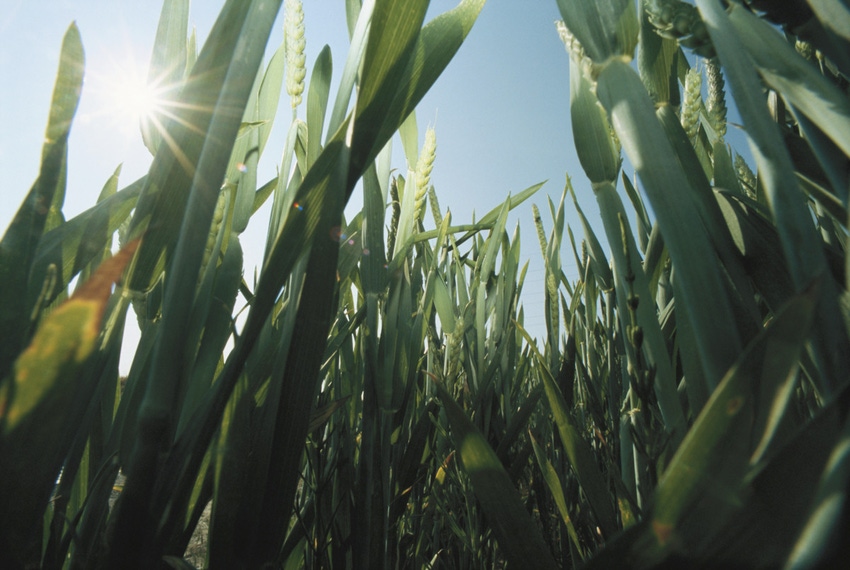
With the crop season now in full swing, The Mosaic Company provided Farm Industry News with its top five nutrient buying tips for this growing season, given current weather patterns. Mosaic mines two crop nutrients - phosphate and potash - and produces products called MicroEssentials, Aspire, K-Mag and Pegasus.
Curt Woolfolk, senior agronomist with The Mosaic Company, says that beyond the three primary nutrients (N, P, K), growers should pay close attention to secondary macronutrients such as sulfur (S) and micronutrients such as zinc (Zn) and boron (B) as they set yield goals for corn and soybeans this year. The following buying tips apply to those types of nutrients.
1-Buy according to form.
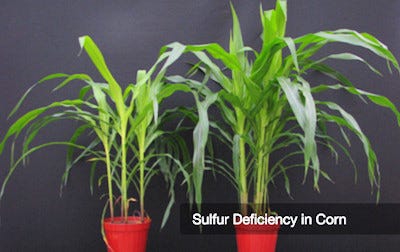 Woolfolk says that when building a fertilizer plan, growers need to understand that each nutrient takes on a chemical form or makeup that determines whether it is mobile or immobile within the soil and also determines mobility within the plant. For nutrients that are mobile in the soil, namely nitrate, sulfate, boron, and chloride, movement is largely affected by soil texture and rainfall events.
Woolfolk says that when building a fertilizer plan, growers need to understand that each nutrient takes on a chemical form or makeup that determines whether it is mobile or immobile within the soil and also determines mobility within the plant. For nutrients that are mobile in the soil, namely nitrate, sulfate, boron, and chloride, movement is largely affected by soil texture and rainfall events.
Woolfolk cites sulfur as an example of mobility. He says sulfur is mobile in soil, but immobile in the plant. “Mobility in the soil means that sulfate-sulfur is prone to leaching before root uptake,” he says. “Immobility in the plant means that crops are unable to translocate, or move throughout the plant to areas of growth where it is needed most.” He says this may lead to late-season S deficiencies that can significantly impact yield.
Woolfolk recommends that growers use two forms of sulfur (sulfate sulfur and elemental sulfur) to help meet the early- and late-season crop needs, Mosaic makes a product called MicroEssentials that provides those two forms.
2-Look for balanced formulations.
Like phosphorus (P) and potassium (K), Zinc (Zn) is another nutrient that offers limited mobility in the soil, Woolfolk says. “The availability of Zn in soils is directly related to soil pH; that is, higher pH levels limit Zn availability,” he says. “In addition to high pH and/or low soil-test Zn, crops in early growth stages or enduring cool, wet and cloudy weather may express Zn deficiency.”
Woolfolk says that soils that test high in P may show signs of Zn deficiency and lack balanced crop nutrition. Mosaic developed MicroEssentials SZ combines N, P, S and Zn (12-40-10S-1Zn) into what Woolfolk says is “one formulated, nutritionally balanced granule. This ensures uniform nutrient distribution across the field and improved nutrient uptake."
3-Remember a high-yielding year means a high-nutrient-removal year.
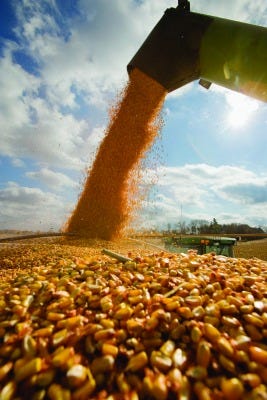 If farmers are expecting close to the same yield as last year or need to move the yield needle to the next level to become profitable, they need to replenish their soil fertility and reevaluate their balanced crop nutrition plan.
If farmers are expecting close to the same yield as last year or need to move the yield needle to the next level to become profitable, they need to replenish their soil fertility and reevaluate their balanced crop nutrition plan.
“In times of down commodity prices, farmers should be thinking about what their cost per acre and return on investment rather than their cost per ton,” he says. “Sulfur, zinc and boron are important to the beginning stages of plant development because they can directly affect the success of the rest of the growing season. Things like an early row closure and a strong, fast-growing root system can help prevent pests and disease from taking over, not to mention help build a stronger plant for higher yields.”
Up to 60% of yield is dependent on soil fertility so investing wisely in a balanced crop nutrition plan is crucial, he adds.
4-Soil test every two years to make informed buys.
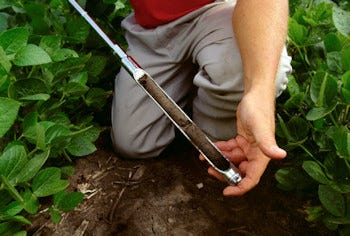 Doing soil tests will help determine the right source, right rate, right time and right place when applying fertilizer, an approach known as the 4Rs, according to Woolfolk. “Soil tests identify nutrient values in the soil and allow a retailer and grower to adjust for the nutritional needs of a cropping system,” he says. “Since each nutrient has its own characteristics, it’s important to work with a retail agronomist or crop adviser to determine which ones are needed, at what rate and the best way to apply them.”
Doing soil tests will help determine the right source, right rate, right time and right place when applying fertilizer, an approach known as the 4Rs, according to Woolfolk. “Soil tests identify nutrient values in the soil and allow a retailer and grower to adjust for the nutritional needs of a cropping system,” he says. “Since each nutrient has its own characteristics, it’s important to work with a retail agronomist or crop adviser to determine which ones are needed, at what rate and the best way to apply them.”
5-Look for signs of nutrient deficiencies in-season.
There are other signs during the growing season that may signify a deficiency: stunted growth, interveinal chlorosis, leaf margin firing, and striping. Compare these signs to deficiency images on cropnutrition.com to see if and what deficiency a plant is experiencing.

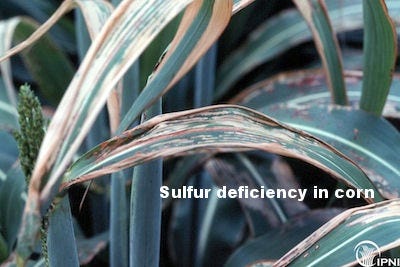
You May Also Like




